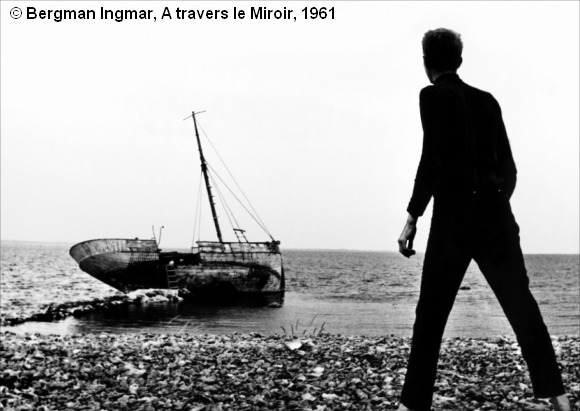« A Travers le Miroir » : différence entre les versions
Aller à la navigation
Aller à la recherche
Aucun résumé des modifications |
Aucun résumé des modifications |
||
| (Une version intermédiaire par le même utilisateur non affichée) | |||
| Ligne 20 : | Ligne 20 : | ||
<td><strong> A travers le Miroir </strong></td> | <td><strong> A travers le Miroir </strong></td> | ||
<td><em>[[A Travers le Miroir|Såsom i en spegel]]</em></td> | <td><em>[[A Travers le Miroir|Såsom i en spegel]]</em></td> | ||
<td><strong>Bergman Ingmar</strong></td> | <td><strong>[[Bergman Ingmar]]</strong></td> | ||
<td>Bergman Ingmar</td> | <td>Bergman Ingmar</td> | ||
<td><strong>1961</strong></td> | <td><strong>1961</strong></td> | ||
| Ligne 49 : | Ligne 49 : | ||
Dernière version du 15 avril 2012 à 21:06

Aspects techniques du film
| Titre | Titre original | Réalisation | Scénario | Année | Pays | Durée (min.) |
|---|---|---|---|---|---|---|
| A travers le Miroir | Såsom i en spegel | Bergman Ingmar | Bergman Ingmar | 1961 | Suède | 89 |
Liens spécifiques du film
Voir :
lait sur mer (plan 19) →
doigt blessé (26) → [mains du père écartés en croix (32)] → [œil ouvert de Karen (59)] → [manteau 1 et 2 (62, 70)] →
danse de Karen (plans 73a-d) → [tête en bas, Minos (92)] →
main-œil Karen cherchant un cahier (94) →
crachat Minos (111) →
[cheveux de Minos tirés par K. (127)] →
l'épave (plan 132) →
escalier 1 et 2 (175 - 177)
[Les plans entre crochet ne sont pas inclus dans le Dictionnaire.]